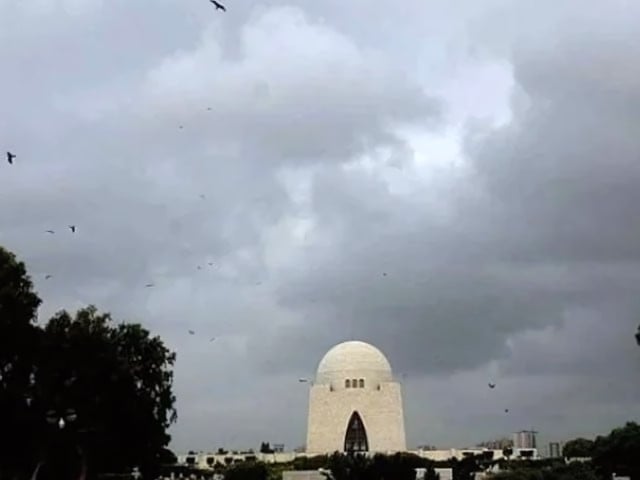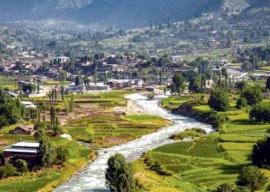
Karachi's weather outlook has improved as Cyclone Asna moves further from the city. The latest alert from the Meteorological Department indicates the cyclone has shifted to a distance of 500 kilometers from Karachi.
The storm is now 350 kilometers from Ormara and 260 kilometers from Gwadar.
With the cyclone’s diminishing intensity and distance from Karachi, the risk of heavy rain and strong winds has decreased.
However, today’s weather is expected to be partly cloudy with a possibility of light drizzle.
Fishermen in Sindh are now permitted to resume their activities, while those in Balochistan are advised to stay out of the sea until tonight.
Karachi is experiencing a minimum temperature of 23.5°C and is forecasted to reach a high of 32°C. Winds are expected to blow from various directions at speeds of 5 to 15 km/h.
In the past 24 hours, Korangi received the highest rainfall at 6.6 mm, followed by 4 mm in Sharae Faisal, 3 mm in Mauripur, 2.5 mm in Keamari, and 1.6 mm in DHA.
Other areas such as Nazimabad, Gulshan-e-Hadeed, and Saddar recorded 1 mm of rain.
About two dozen people were killed earlier on Friday across the country as heavy monsoon rains caused widespread devastation.
In Sindh, at least nine people lost their lives in rain-related incidents in Jamshoro, Dadu and Mirpurkhas districts on Friday. More than 30 people were injured as the deluge ruptured sewers, breached dykes and swept away countless mud houses.
In Balochistan, two persons were missing after 13 people were swept away in flash floods in Loralai, Qila Saifullah, Duki, Harnai and Jhal Magsi areas.
In the north, 13 of a family died when the roof of their home collapsed due to a landslide induced by incessant rainfall in Upper Dir.
Meanwhile, flooding in Sindh's Gaj River submerged roads and pathways in over 200 villages throughout the Kachho belt, including Wahi Pandhi and Gorakh Hill Station, officials said on Saturday.
The floodwater also submerged villages such as Jam Babbar, Sher Muhammad Talpur, Muhammad Bakhsh Lund and Tamo Chandio, resulting in the collapse of 30 mud houses.
The situation was further compounded by flooding at four points along the Nai Gaj River which severed all ground connections between Wahi Pandhi, Gorakh Hill Station and the rest of the Kachho area from Dadu Johi.










1726722687-0/Express-Tribune-Web-(9)1726722687-0-270x192.webp)
1721983879-0/BeFunky-collage]-(46)1721983879-0-270x192.webp)
1724844531-0/BeFunky-collage]_______-(9)1724844531-0-270x192.webp)













COMMENTS
Comments are moderated and generally will be posted if they are on-topic and not abusive.
For more information, please see our Comments FAQ